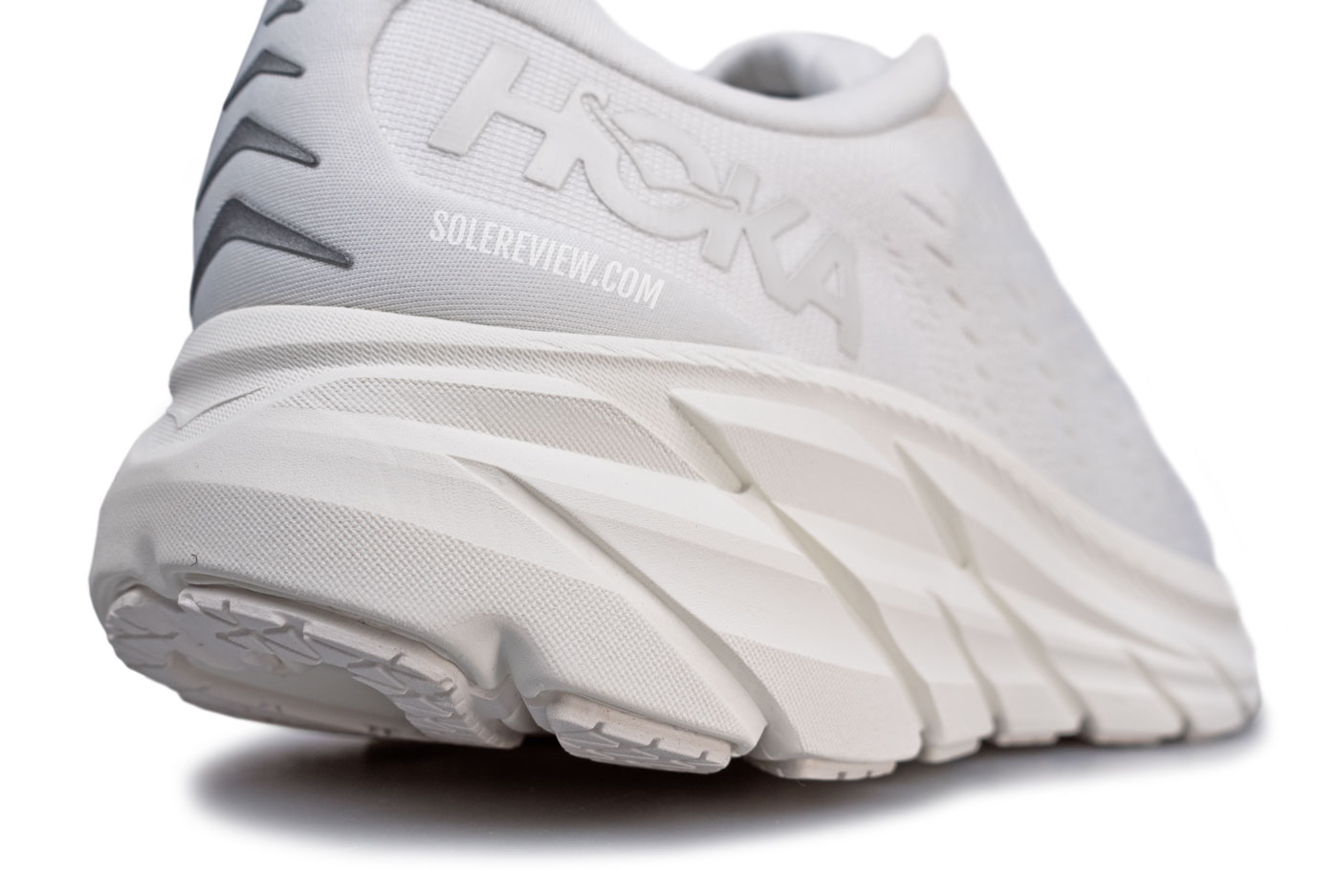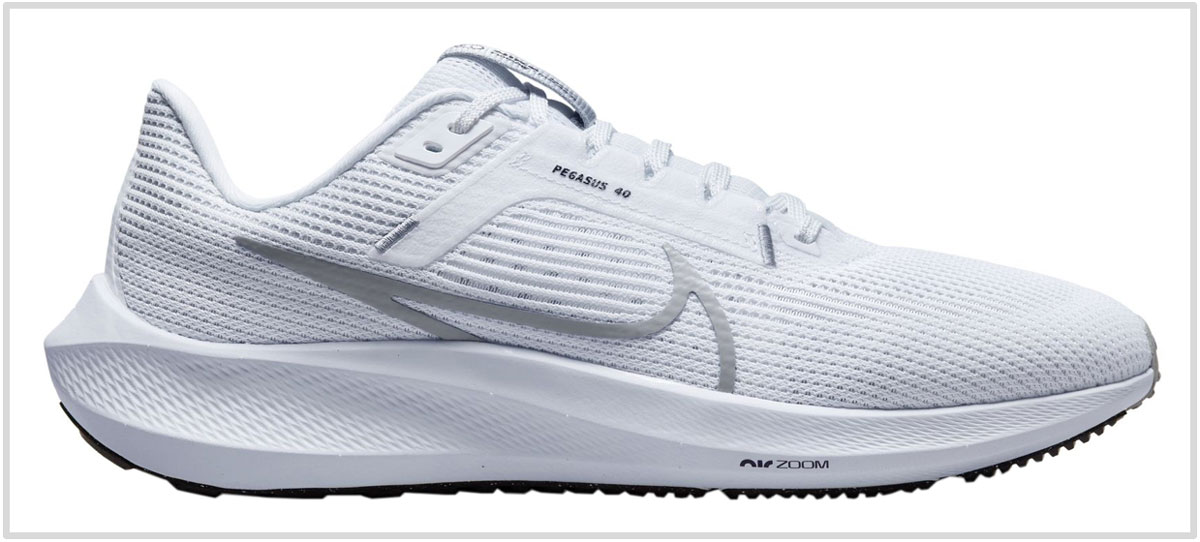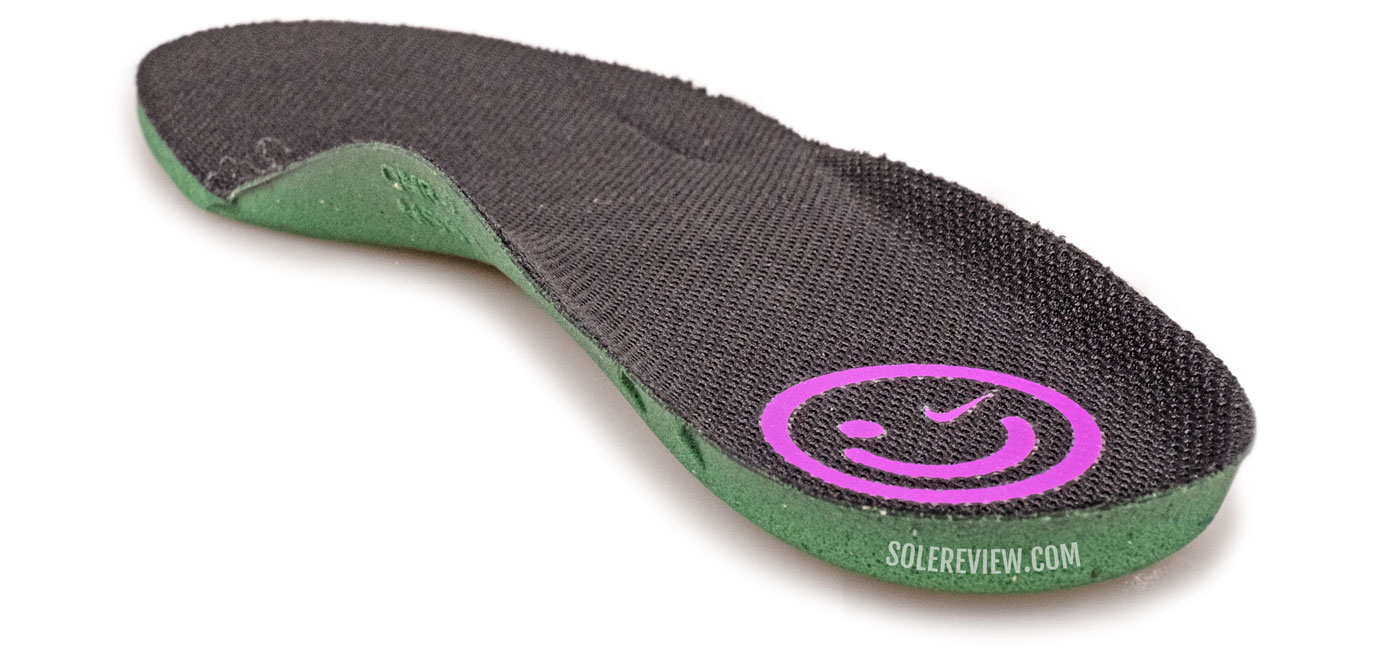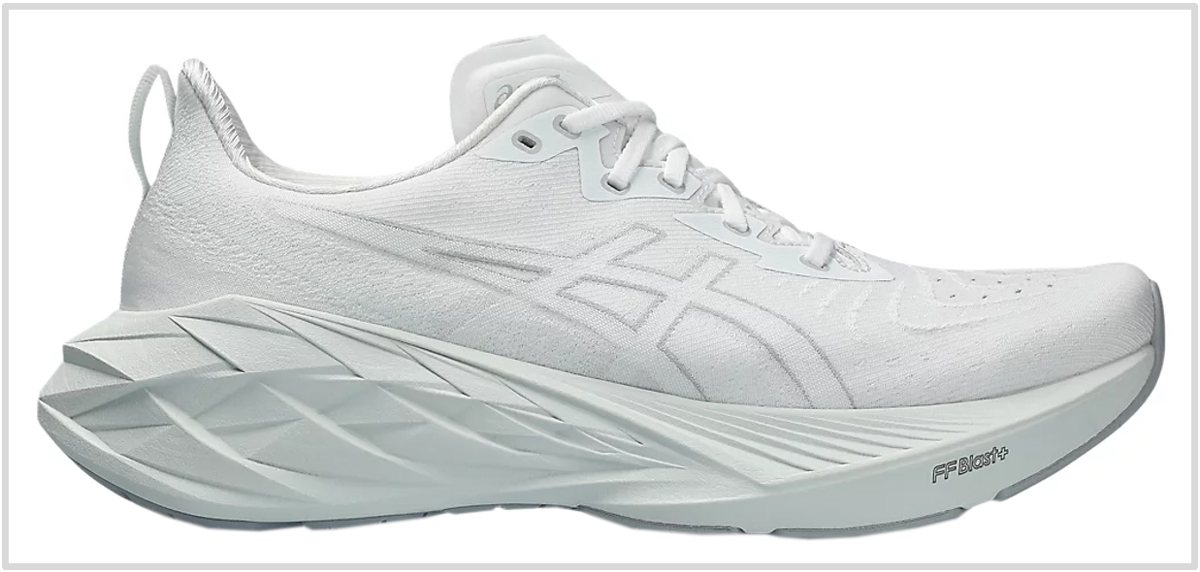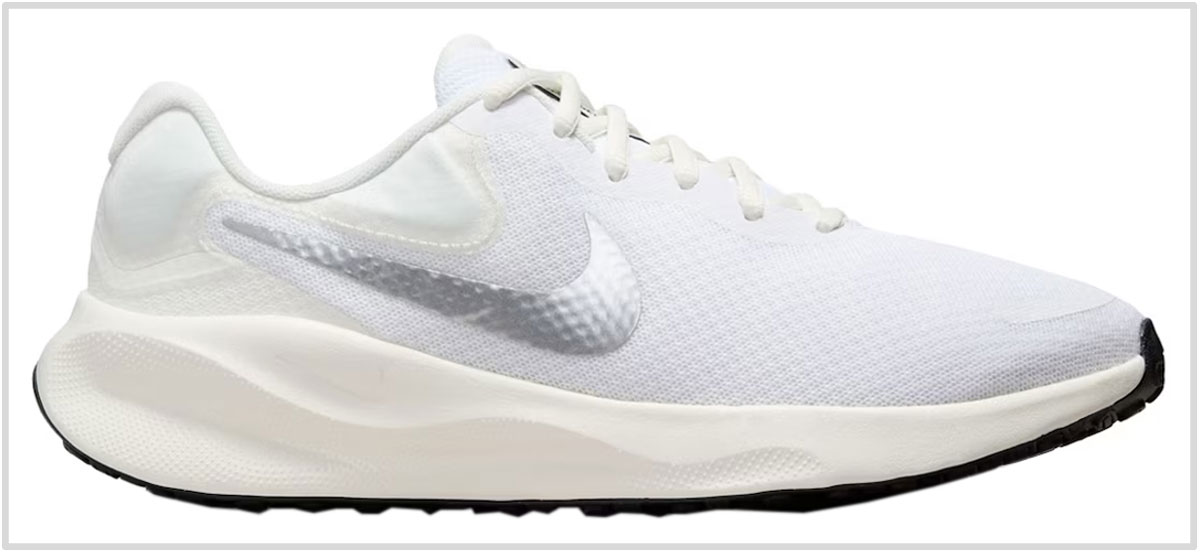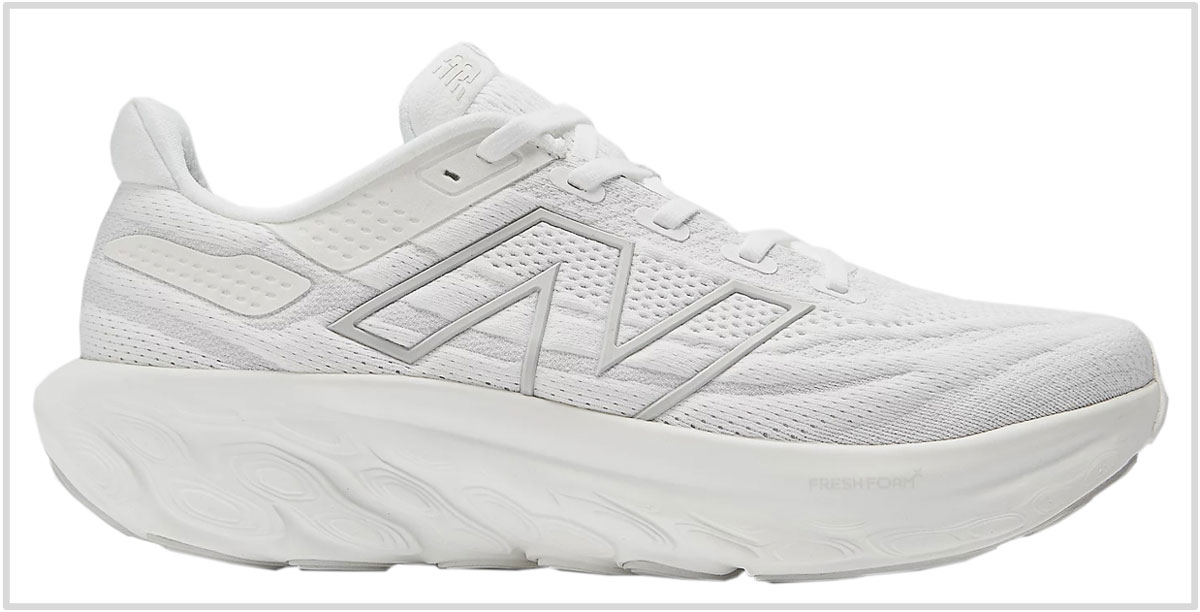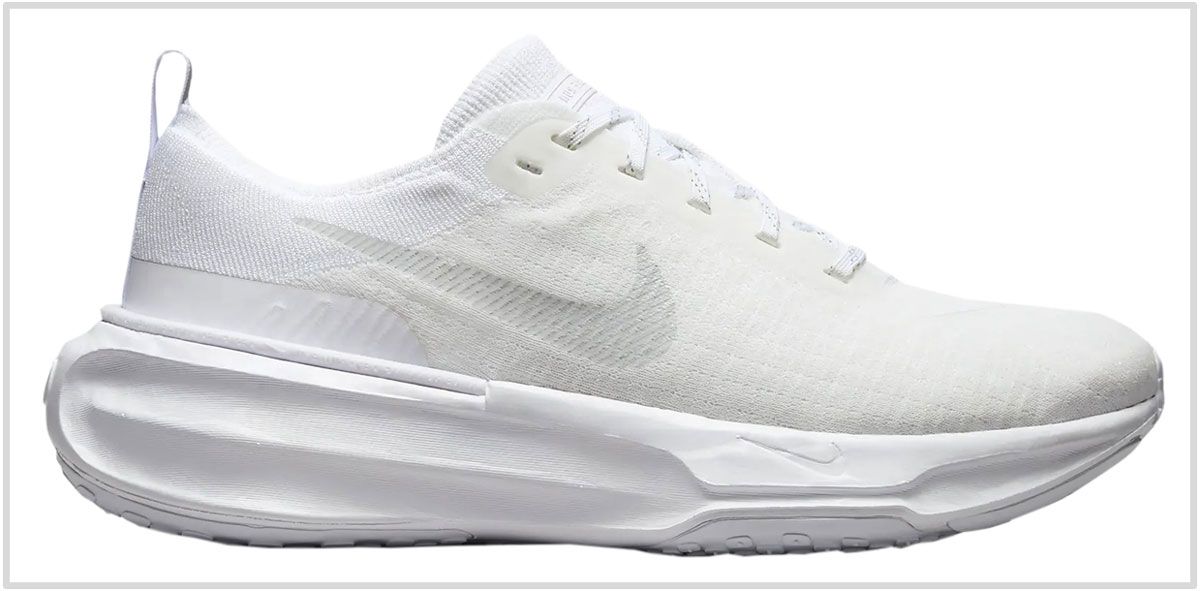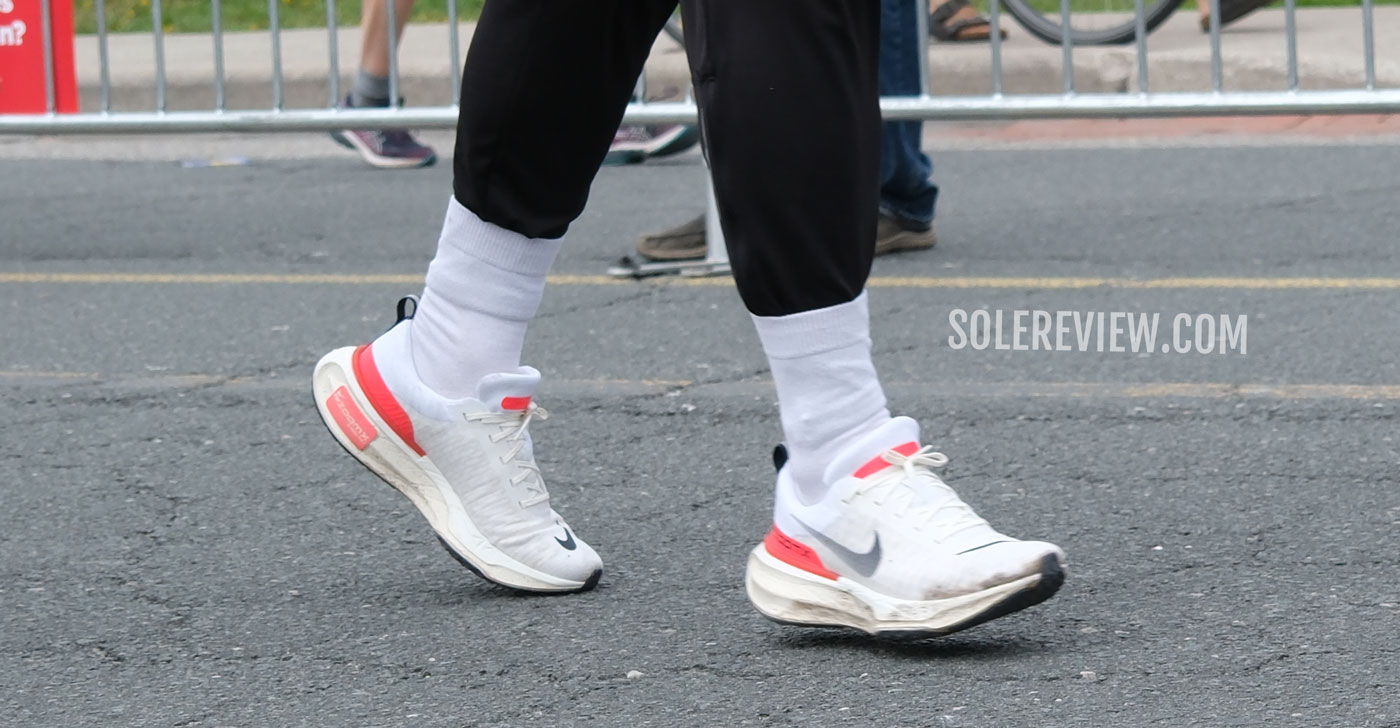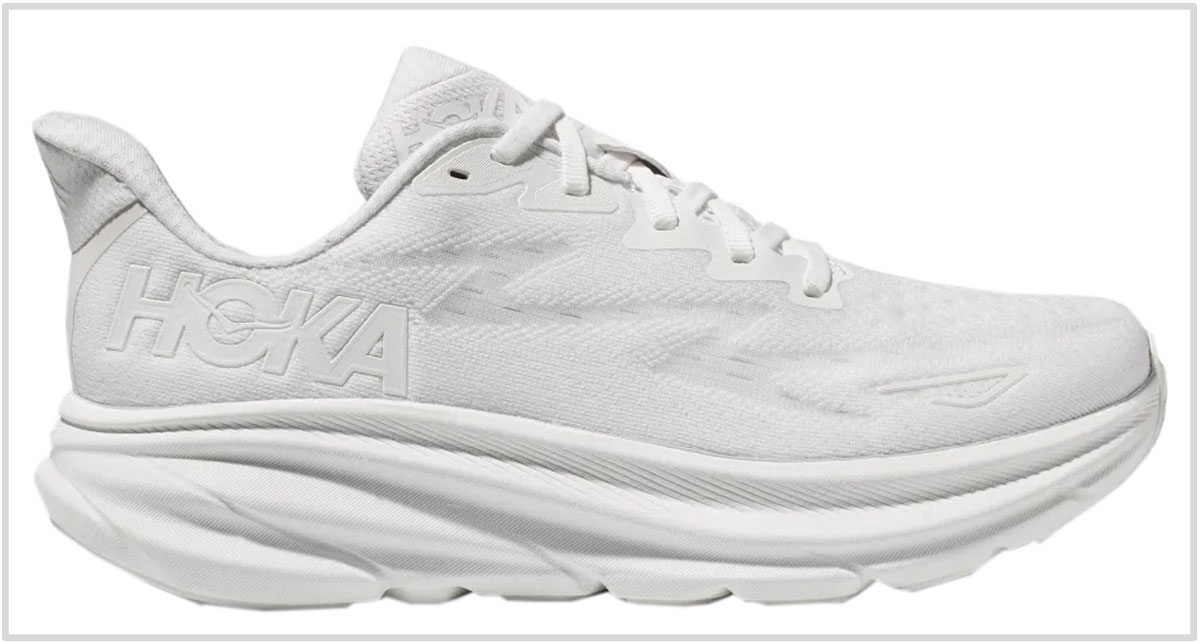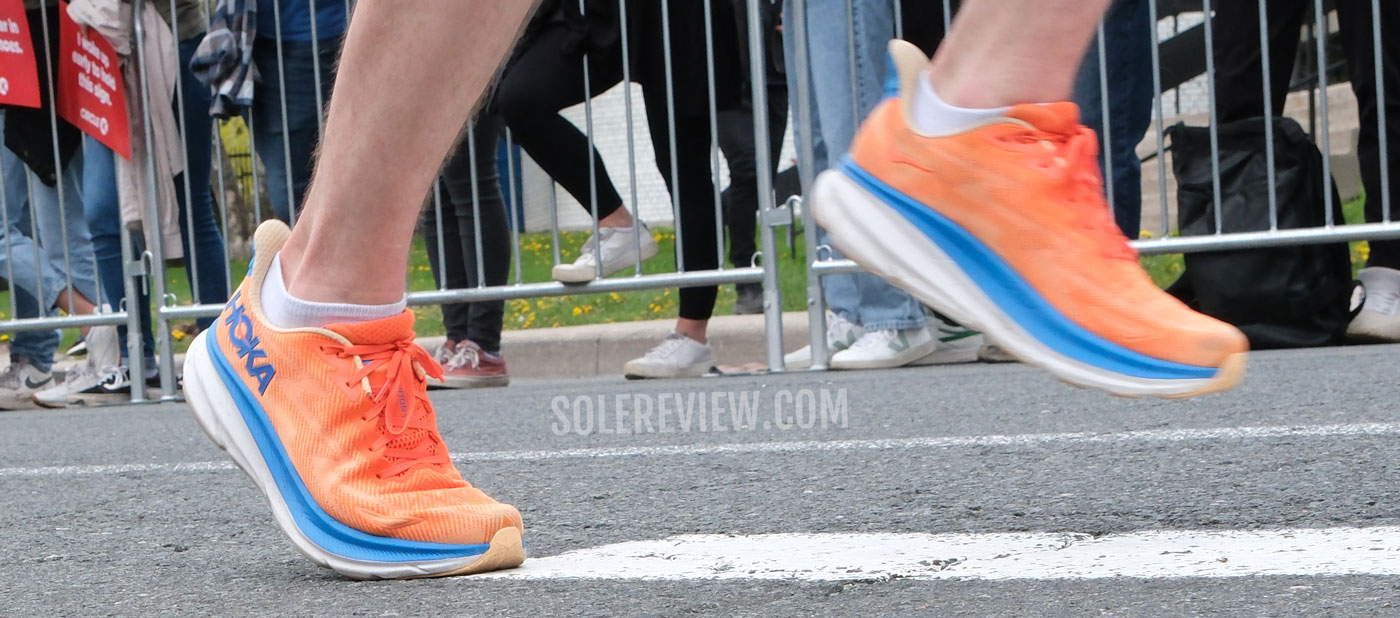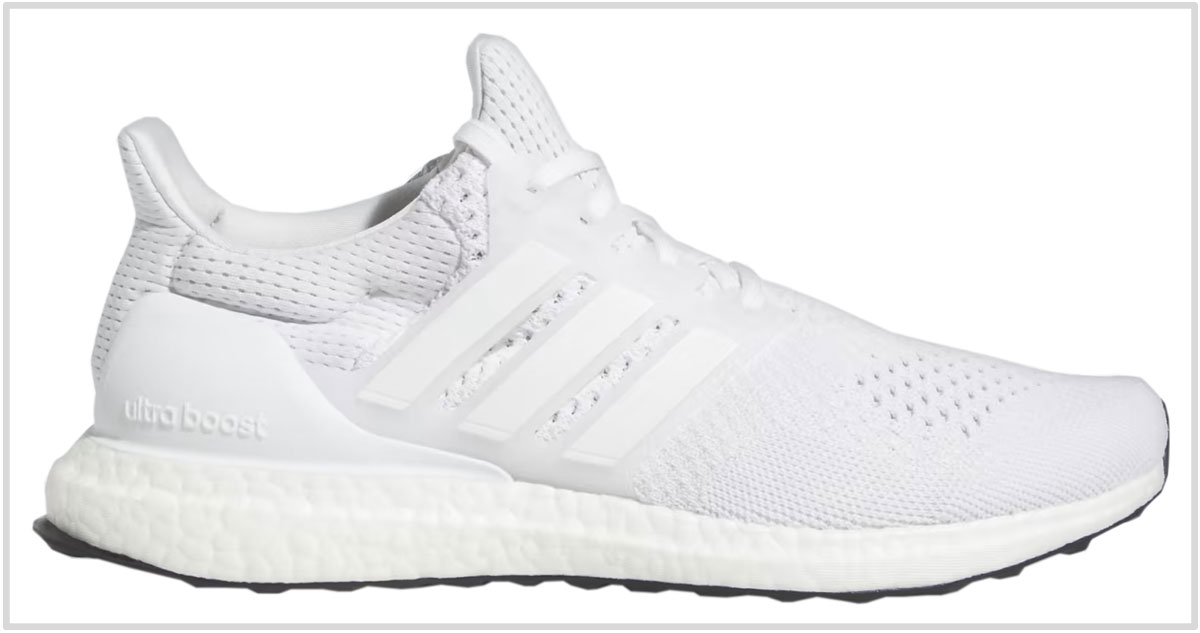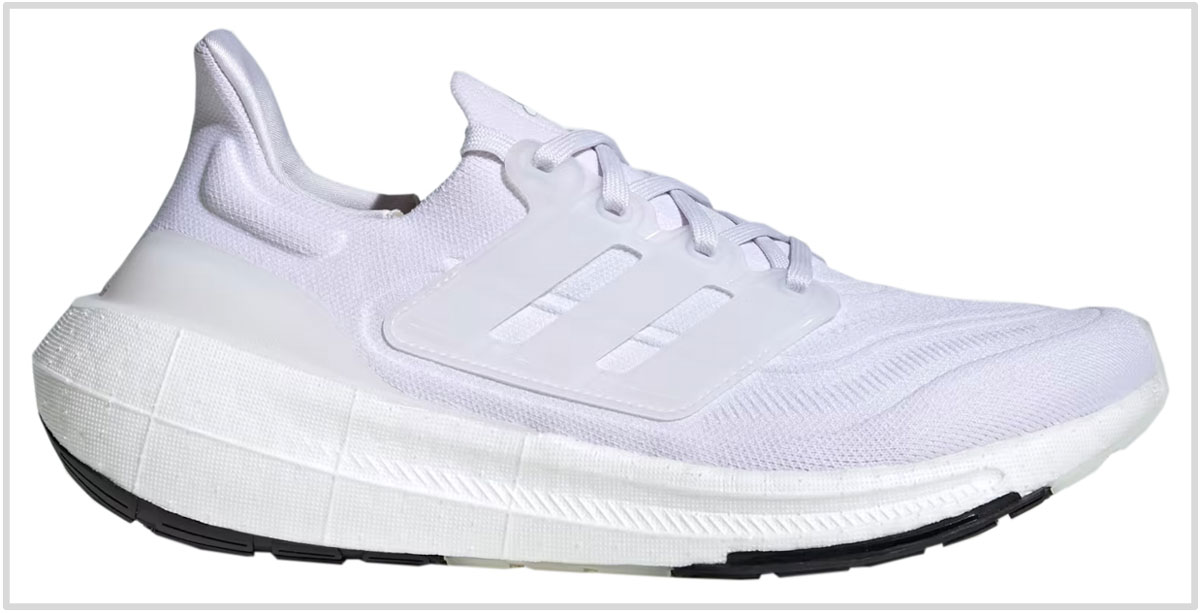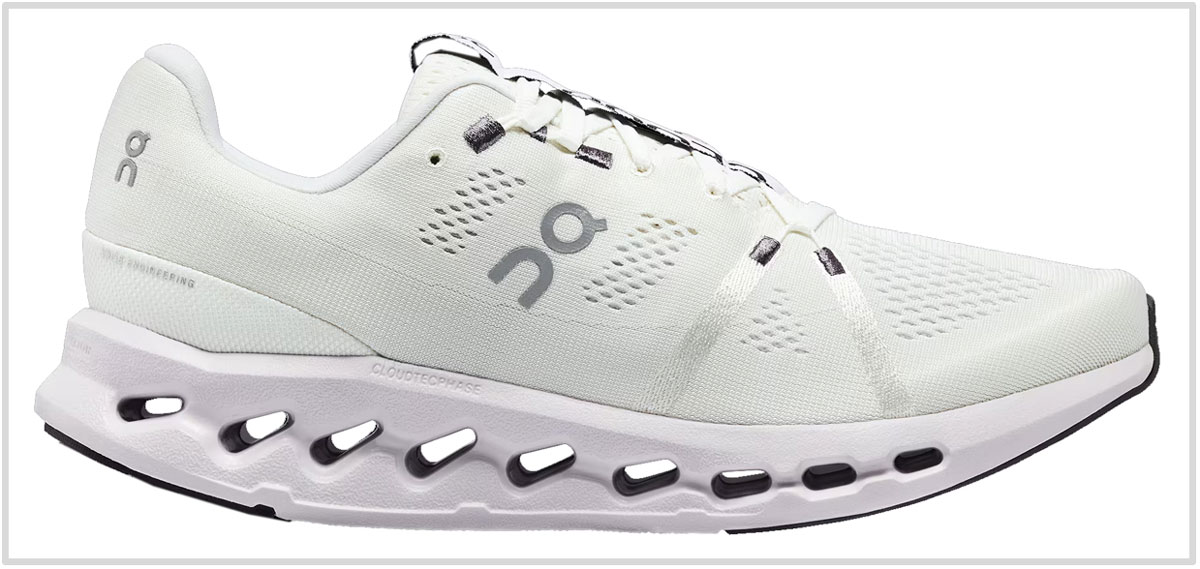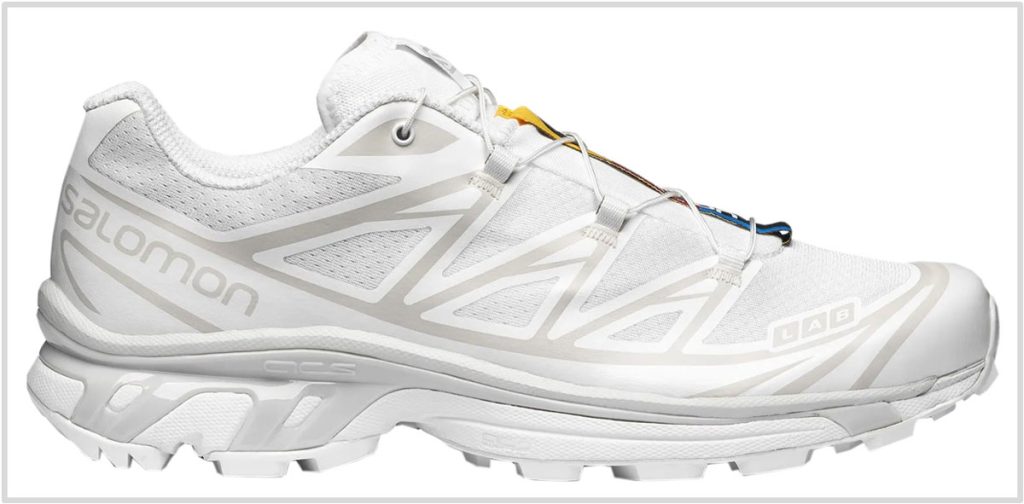This article has been updated with current models for March 2024. Most of the shoes in this guide have been replaced with their updated versions.
In this product guide:
- 1. Factors to consider
- 2. White everyday trainer: Nike Pegasus 40
- 3. Versatile everyday trainer: Asics Novablast 4
- 4. Affordable white neutral trainer: Nike Revolution 7
- 5. Cushioned white trainer for long runs: New Balance 1080 V13
- 6. Cushioned white trainer for long runs: Nike Invincible 3
- 7. Cushioned white trainer for long runs: Hoka Clifton 9
- 8. Cushioned white trainer for easy runs: adidas Ultraboost 1.0 DNA
- 9. Supportive white trainer for easy runs: adidas Ultraboost Light
- 10. Supportive white trainer for easy runs: On CloudSurfer
- 11. White trail running shoe: Salomon XT 6
In our product guide for white sneakers, we called an all-white shoe the purest expression of footwear design.
Without bold colors or contrasting patterns, a white shoe needs to succeed on its merits – like the materials, construction, and even intangible strengths like a retro backstory. Evergreen classics like the adidas Stansmith and Nike AF1 fall in that category. A white sneaker is also a fashion staple that’s loaded with style versatility.
That said, we don’t see a compelling use case for all-white running shoes. White running shoes are easy to get soiled, and even more difficult to clean.
Unlike a sneaker that’s usually made of leather or canvas, a running shoe is a mélange of meshes, synthetic overlays, outsole rubber, and foam midsoles. That makes the maintenance much harder.
A creased foam midsole is harder to clean than, say, a rubber cupsole of an adidas Stansmith or Vans authentic. A white mesh upper is also a dirt magnet.
Most white running shoes seen in the wild are often found on the feet of casual consumers. After all, the soft cushioning of foam midsoles is a lot more comfortable than firmer rubber cupsoles.
1) All white Nike Pegasus 40
Just like the last model, the Pegasus 40’s soft midsole has two Zoom Air bags – one each under the heel and forefoot. The midsole foam is softer, and the brand-new outsole has a better grip on the road. That gives us a running shoe with a balanced ride character.
For more, read our in-depth review of the Pegasus 40.
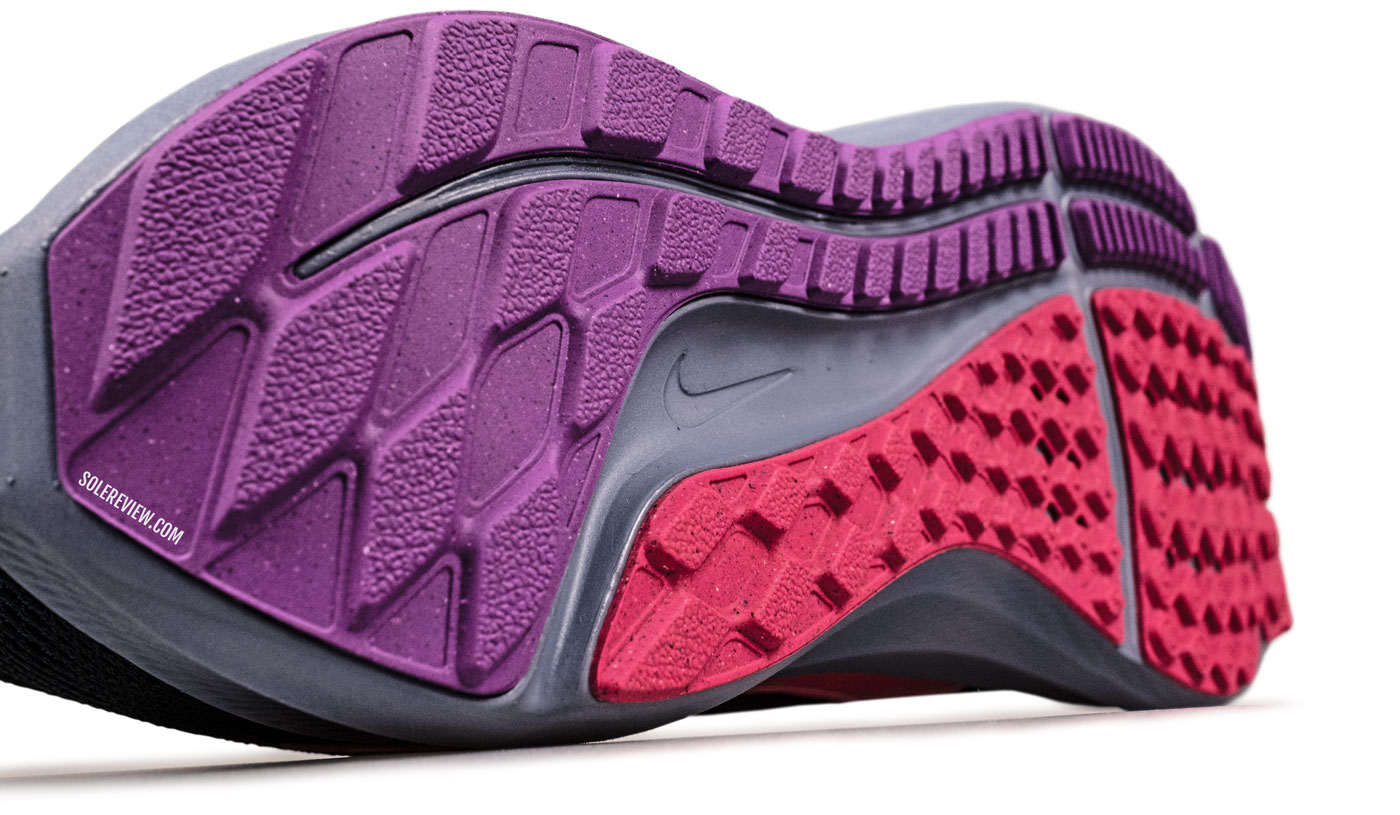
The ‘crash rail’ geometry of the Nike Pegasus 40’s outsole is excellent at distributing wear and tear.
As an everyday trainer, it’s highly versatile. The cushioning softness feels lively and efficient for even higher speed (4:40 min/km) runs, and there’s plenty of comfort for longer runs of up to a half marathon.
The sleeved upper has a midfoot strapping system and spacer mesh shell for a secure and comfortable fit.
2) All white Asics Novablast 4
Okay, this color isn’t 100% white because of its pale mint midsole, but it passes muster as a white trainer.
The Asics Novablast is very popular for a reason. It’s cushioned, yes – but there’s more to this shoe than its high midsole stack heights (41.5 mm and 33.5 mm). Its ride comfort doesn’t sacrifice speed. The rocker midsole helps with quick turnovers, and the Flytefoam Blast foam is responsive. Barring a few changes, it’s fairly similar to the Novablast 3.
The foam isn’t too soft, so that makes the ride supportive as well. The outsole grip isn’t great on wet roads because of the low rubber coverage, but the traction is sufficient for most everyday conditions.
Asics has refined its upper game over the years. The fit is secure and comfortable, thanks to the strategically placed foam padding, internal toe bumper, and smooth exterior mesh.
The Novablast 4 is also available in an off-road (TR) variant.
3) All white Nike Revolution 7
If you just want a comfortable all-white shoe for low-intensity running but without the high price tag, the $70 Nike Revolution 7 makes an excellent case for itself.
There’s plenty of all-day comfort available in the cushy EVA foam midsole. From the outside, it’s clear that the Revolution 7 borrows its design from the Nike Infinity Run 4.
For example, the scooped rear midsole enhances the ride comfort – similar to how the Infinity 4 does it.
The one-piece rubber outsole has tiny waffle lugs for traction while being pliable. The exposed windows allow the outsole to flex together with the soft midsole.
Though the Revolution 7’s upper is pretty basic, the fundamentals are in place. The mostly mesh upper delivers a secure and smooth fit, an extra-wide fit is optional.
4) All white New Balance Fresh Foam 1080V13
Our favorite long-distance cruiser is also available in all-white.
And why is the New Balance 1080 V13 our top pick as a high-mileage cruiser? For one, it’s got a very lively midsole made of Fresh Foam X – an improved version of New Balance’s EVA-foam compound. The V13 is also the softest 1080 to date, even more so than last year’s 1080V12.
It’s extremely cushioned and comfortable for long runs, and the articulated blown rubber outsole delivers smooth transitions. On the flip side, that means that the 1080V13 is not very versatile. The uber-soft midsole makes the transitions sluggish, so it’s hard to build up speed. The 1080V13 is a shoe best reserved for slow cruising, or for over 4:30 marathons.
The 1080’s soft and comfortable upper will accommodate most foot shapes. And if it doesn’t, New Balance sells multiple widths in the 1080.
5) All white Nike Invincible 3
The Invincible 3 is another super-soft trainer for high-mileage cruising and easy runs. The midsole is made of 100% ZoomX foam – the same material that’s on the Vaporfly 3. It’s a soft, lightweight, and bouncy foam that works best when combined with an inner plate or similar stiff components.
But that’s not the case here, is it? The midsole doesn’t have any stiff parts, so all you get is the deep cushioning from the ZoomX stack.
The result is a midsole that feels at home during slower training runs and marathons. The ultra-soft midsole makes it harder for quick toe-offs to happen. But that’s what the Invincible 3 is about, and it’s very good at that.
The upper isn’t bad either; it fits securely and true to size. We rather have the upper from the V1, though.
6) All white Hoka Clifton 9
While the Hoka Clifton 9 isn’t packed with the latest and greatest tech, it is still a legitimate trainer for daily training and long-distance runs.
The 2014 Clifton was one of the original thick-stack running shoes with a rocker ride. While the world around it has changed, the Clifton hasn’t – at least in spirit. In our detailed review, we explain why the Clifton 9 is cut from the old cloth.
Under the soft and snug-fitting upper is an EVA foam-based midsole that is very similar to the parts used on the early Cliftons. This 8.7-ounce shoe blends everyday comfort with a transition-friendly character; the tall midsole with the rocker profile makes that happen.
Hoka’s most popular do-it-all trainer is sold in two widths and over a dozen colors – including an all-white variant.
7) All white adidas Ultraboost 1.0 DNA
This modern reissue of the original adidas Ultraboost is also sold in an all-white color.
Under the knit upper is the same ride and fit comfort that made the first Ultraboost a massive success. Not much credit is given to adidas for being the original catalyst of midsole super-foams. At the time of its launch, the expanded Polyurethane midsole was unlike none other.
The full-length Boost midsole provides a generously cushioned base for everyday comfort, whereas the snug and elastic Primeknit upper grips the foot in secure comfort.
8) All white adidas Ultraboost Light
The Ultraboost Light (also called the Ultraboost 23) is a lighter version of the Ultraboost 22. Calling it ‘light’ is a stretch, as the UB Light weighs 10.5 ounces (298 grams).
Included in the 10.5-ounce weight is a high-volume midsole made of Boost – a durable and temperature-resistant material made of expanded Polyurethane.
Unlike your run-of-the-mill EVA foam, Boost has excellent fatigue resistance and durability. The wide footprint also makes the midsole very supportive. Working together with the Boost midsole is a grippy Continental rubber outsole and forked plastic shank.
The Ultraboost Light is significantly heavier than performance running shoes, so it has limited versatility. It’s comfortable enough for leisurely runs, gym, and casual use, but serious training isn’t its forte.
The Primeknit upper isn’t sold in additional widths, but the elastic mesh will accommodate most foot profiles.
9) All white On Cloudsurfer
We’d place the ON Cloudsurfer in the athleisure category rather than performance running. While the trademark ‘holes’ in the midsole make the Cloudsurfer a comfortable shoe to lounge around in, the stability isn’t great, nor is the responsiveness.
ON uses a standard EVA foam midsole, so it doesn’t have the responsive feedback of hi-tech foams. The scooped midsole sidewalls and compression holes also decrease the level of heel support. At $160, it’s rather pricey for what it has to offer.
It’s a nice enough trainer for short runs and walks. The upper is comfortable and well-fitting – an area where ON shoes usually score well.
10) All white Salomon XT6
There’s a color pop over the tongue, and there are traces of silver on the upper, but we’ll let this one pass. That’s because the XT6 is the only outdoor shoe that’s predominantly white.
Of late, the Salomon XT6 has become somewhat of a lifestyle sneaker; it’s more likely to be found at Saks Fifth Avenue or Aritzia than at your neighborhood running store. However, it’s still a very runnable shoe.

Like most Salomon trail runners, the Contragrip outsole is off-road worthy. The supportive TPU frame reinforces the foam midsole to result in stable cushioning on uneven terrain. The removable Ortholite footbed makes the ride soft just under the foot.
The lacing is quintessential Salomon – a bungee-type closure that conveniently tucks into a ‘lace garage’ over the tongue.
Do you own any of these shoes? Improve this review by sharing your insights – submit a review here.

